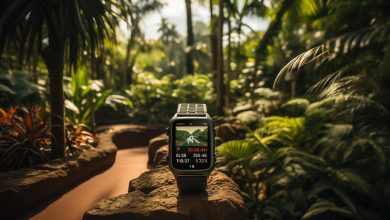Choosing the Right Heart Rate Monitor for Your Training
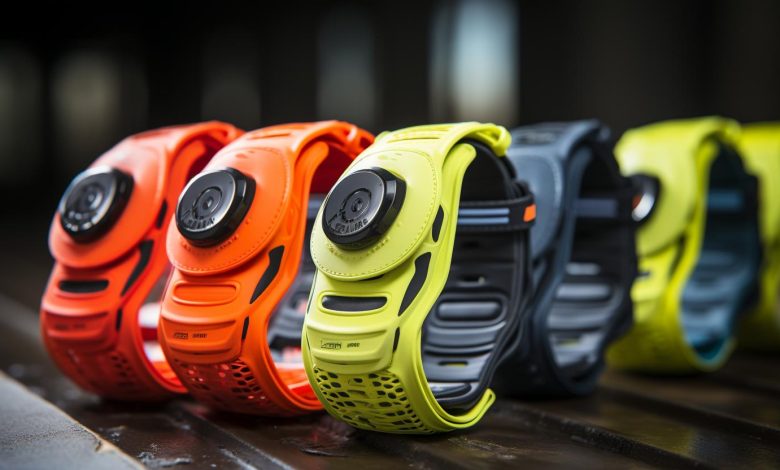
Looking to take your training to the next level? Did you know that using a heart rate monitor can improve the effectiveness of your workouts by up to 15%?
With so many options on the market, it can be overwhelming to choose the right one for you. But fear not! In this article, we will guide you through the factors to consider when selecting a heart rate monitor, explore different types available, and highlight advanced features that can enhance your training experience.
Let’s get started!
Factors to Consider When Choosing a Heart Rate Monitor

When choosing a heart rate monitor, you’ll want to consider factors such as accuracy, comfort, and features.
Accuracy is of utmost importance when it comes to monitoring your heart rate during workouts. Look for a monitor that has been tested and proven to provide accurate readings. Some monitors use advanced technology like chest straps or optical sensors to ensure precise measurements.
Additionally, it’s crucial to ensure that the heart rate monitor is compatible with your fitness devices or smartphone apps. Compatibility allows you to sync and track your data easily, giving you a comprehensive view of your training progress.
Comfort is another factor that shouldn’t be overlooked. Make sure the heart rate monitor fits well and doesn’t cause any discomfort during exercise. Consider factors such as strap material, adjustability, and overall design.
Furthermore, examine the features offered by different heart rate monitors. Some models come with additional functionalities like GPS tracking, sleep analysis, and workout recommendations. These features can enhance your training experience and help you achieve better results.
With all these factors in mind – accuracy, compatibility, comfort, and features – you can make an informed decision when choosing the right heart rate monitor for your needs.
Now let’s delve into the different types of heart rate monitors available in the market today…
Different Types of Heart Rate Monitors
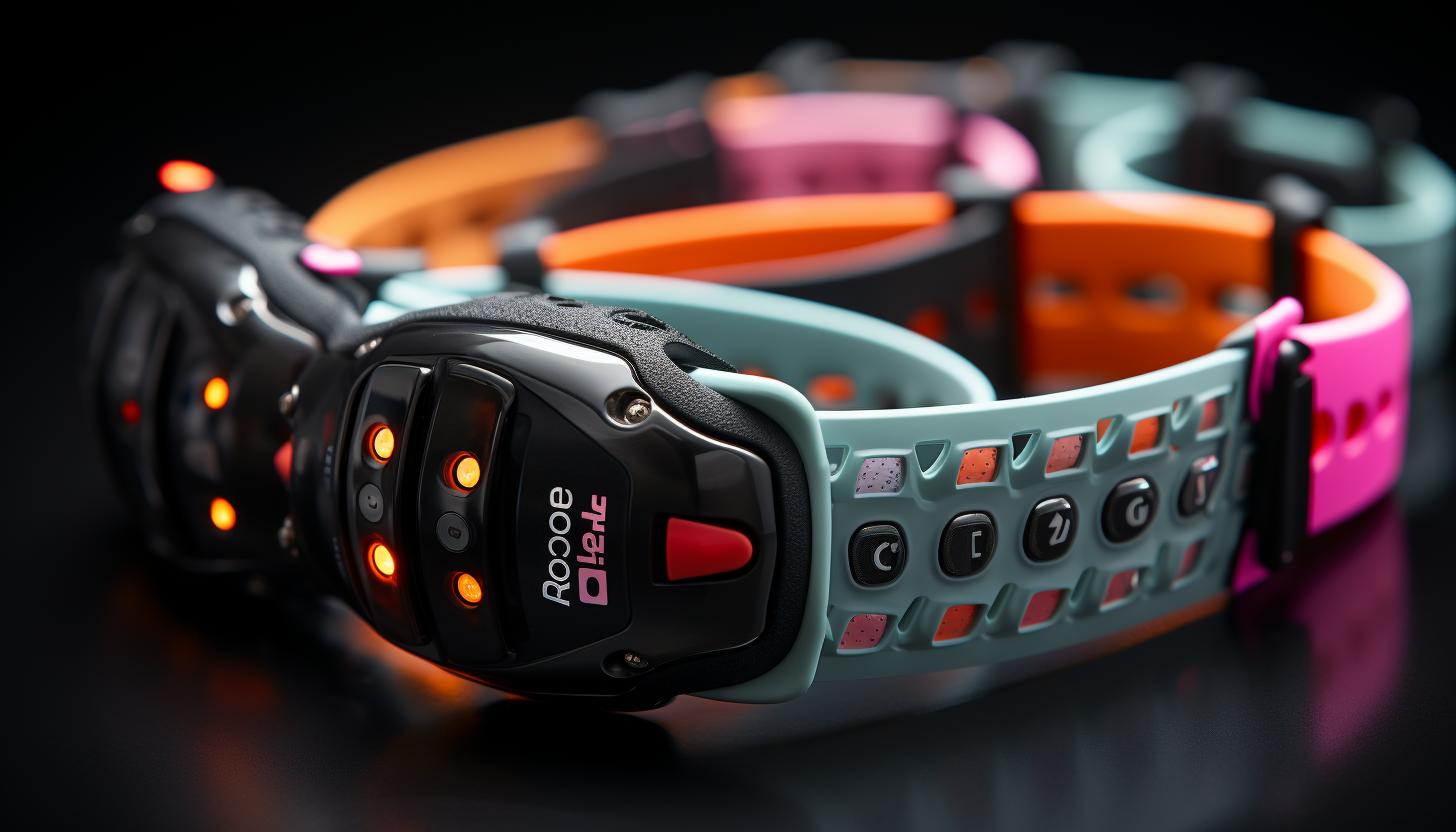
There are various types of heart rate monitors available to help you track your heart rate accurately and ensure compatibility with your training needs. Here are some options for you to consider:
– Chest strap monitors: These monitors consist of a strap that is worn around your chest, directly over the heart. They provide highly accurate readings and are popular among serious athletes.
– Optical wrist-based monitors: These monitors use LED lights to measure your heart rate through the blood flow in your wrist. They offer convenience and comfort, making them suitable for everyday use.
– Smartwatches: Many smartwatches now come equipped with built-in heart rate monitoring capabilities. They provide accurate readings and offer additional features such as GPS tracking and activity tracking.
– Mobile apps: There are numerous mobile apps available that can turn your smartphone into a heart rate monitor. While they may not be as accurate as dedicated devices, they can still provide valuable insights during workouts.
When choosing a heart rate monitor, it’s crucial to prioritize accuracy and compatibility with both your fitness goals and any other devices you plan on using, such as fitness trackers or cycling computers. Consider factors like ease of use, battery life, connectivity options, and data analysis capabilities before making a decision.
Pros and Cons of Wrist-Based Heart Rate Monitors
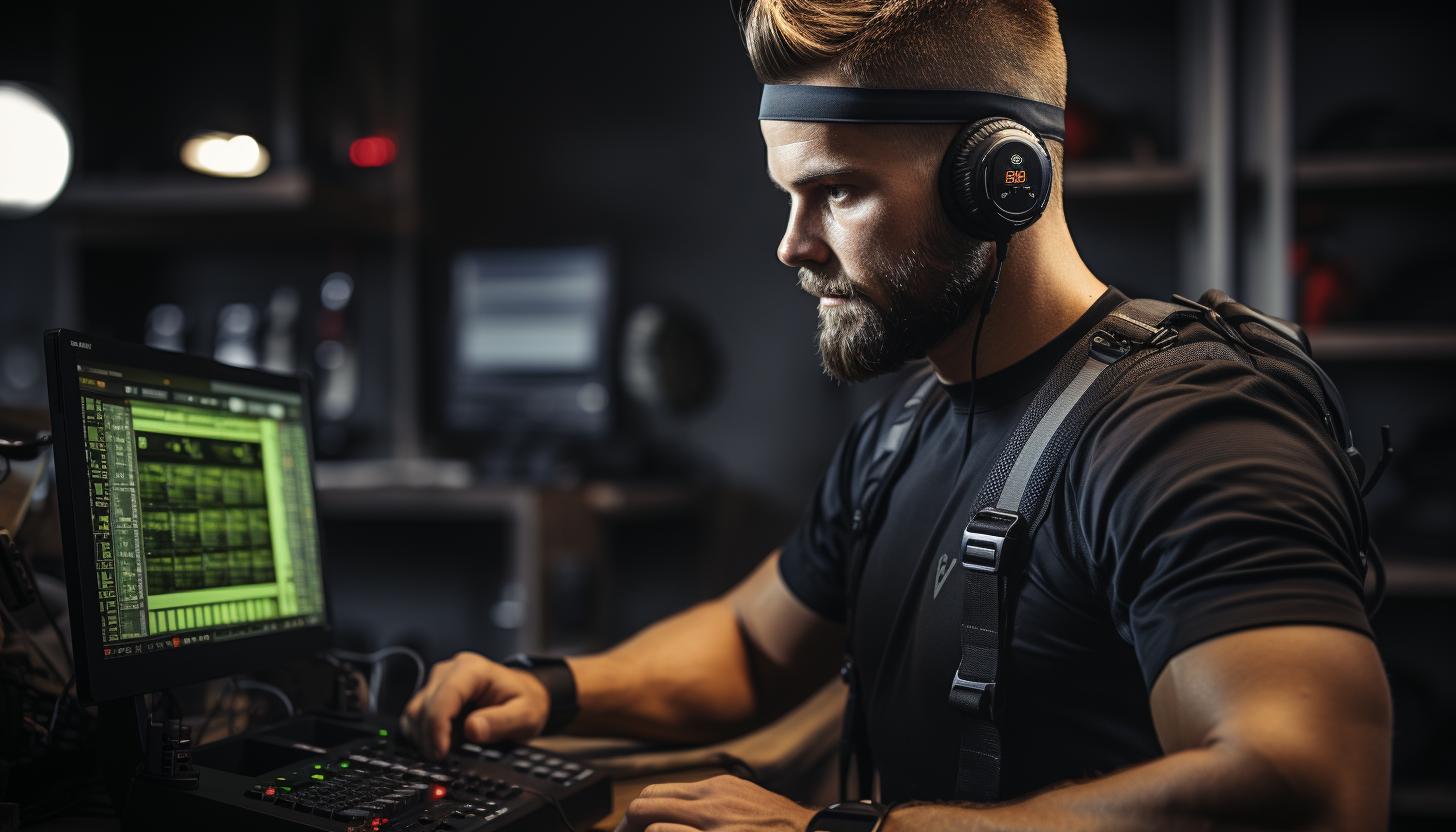
If you’re considering a wrist-based heart rate monitor, it’s important to be aware of the pros and cons.
Wrist-based heart rate monitors have gained popularity due to their convenience and ease of use. One of the advantages is that they are worn on the wrist, making them easily accessible during workouts or daily activities. They eliminate the need for chest straps, which can be uncomfortable for some individuals.
However, there are accuracy concerns when it comes to wrist-based heart rate monitors. The readings may not always be as precise as those obtained from chest strap monitors. Factors such as sweat, movement, and skin color can affect the accuracy of the readings. It’s important to keep in mind that these monitors use optical sensors that detect blood flow under the skin, which may result in occasional inaccuracies.
Comfort issues can also arise with wrist-based heart rate monitors. Some users find them bulky or uncomfortable to wear during intense exercise sessions. Additionally, certain activities like weightlifting or high-impact sports can cause the monitor to move around or become loose on the wrist, affecting its accuracy.
Ultimately, if accuracy and comfort are your top priorities, it might be worth considering other types of heart rate monitors such as chest strap monitors or armband trackers. These alternatives may provide more reliable results while ensuring a comfortable fit during your workouts.
Chest Strap Vs. Optical Heart Rate Monitors: Which Is Right for You

To determine the best option for you, consider the differences between chest strap and optical heart rate monitors. Both types of monitors have their own pros and cons, so it’s important to understand how they differ in terms of accuracy and convenience.
Here are some key points to consider:
– Chest Strap Accuracy: Chest strap monitors are known for their high accuracy in measuring heart rate. They work by detecting electrical signals from your heart, which provides precise readings. This makes them ideal for athletes or serious fitness enthusiasts who require accurate data for training purposes.
– Optical Heart Rate Convenience: On the other hand, optical heart rate monitors are built into wearable devices such as smartwatches or fitness trackers. They use light sensors to measure blood flow through your skin and estimate your heart rate. Optical monitors are more convenient since they don’t require a chest strap, making them comfortable to wear during workouts.
– Chest Strap Comfort: While chest straps provide accurate readings, some people find them uncomfortable to wear due to their tight fit around the chest area. This can be a drawback for those who prioritize comfort during exercise.
– Optical Heart Rate Limitations: Although optical heart rate monitors offer convenience, they may not be as accurate as chest straps during high-intensity activities or when there is excessive movement that affects sensor contact with the skin.
Ultimately, the choice between a chest strap or an optical heart rate monitor depends on your personal preferences and needs. If accuracy is paramount to you, a chest strap may be the better option. However, if convenience and comfort are more important factors for you, an optical monitor could be the way to go.
Advanced Features to Look for in a Heart Rate Monitor
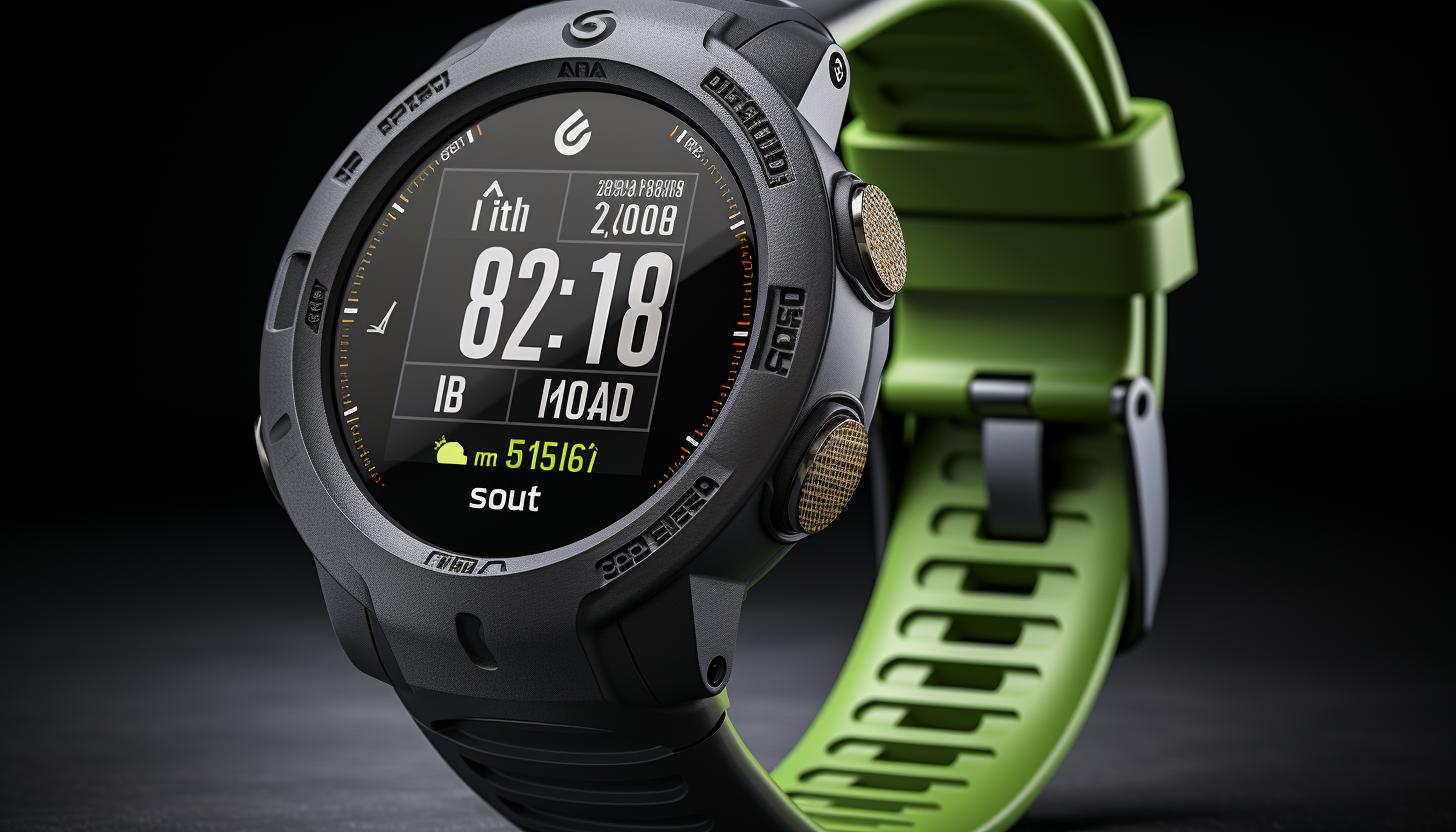
When considering advanced features in a heart rate monitor, it’s important to look for options that suit your specific needs and preferences. Two key factors to consider are heart rate monitor accuracy and compatibility with fitness apps. Accuracy is crucial as it ensures that the data you receive is reliable and trustworthy. Look for monitors that use advanced sensors and algorithms to provide accurate readings, even during intense workouts.
Another important feature is compatibility with fitness apps. Many heart rate monitors now offer seamless integration with popular fitness apps such as Strava, Garmin Connect, or Apple Health. This allows you to track your heart rate data alongside other workout metrics, providing a more comprehensive view of your training progress.
To help you make an informed decision, here’s a table showcasing some advanced features commonly found in heart rate monitors:
| Advanced Features | Description |
|---|---|
| GPS Tracking | Provides precise location tracking during outdoor activities |
| Waterproof | Allows you to swim or engage in water sports without worrying about damage |
| Sleep Tracking | Monitors your sleep patterns and provides insights into sleep quality |
| VO2 Max Estimation | Estimates your maximum oxygen uptake during exercise |
| Music Control | Lets you control music playback on your phone or music player |
Conclusion
So there you have it, now armed with the information on how to choose the right heart rate monitor for your training. By considering factors such as accuracy, comfort, and features, you can make an informed decision that suits your needs.
Whether you prefer a wrist-based monitor or a chest strap, both options have their pros and cons. Remember to look for advanced features like GPS tracking and compatibility with fitness apps to enhance your training experience.
So go ahead, invest in a reliable heart rate monitor and take your workouts to the next level!





